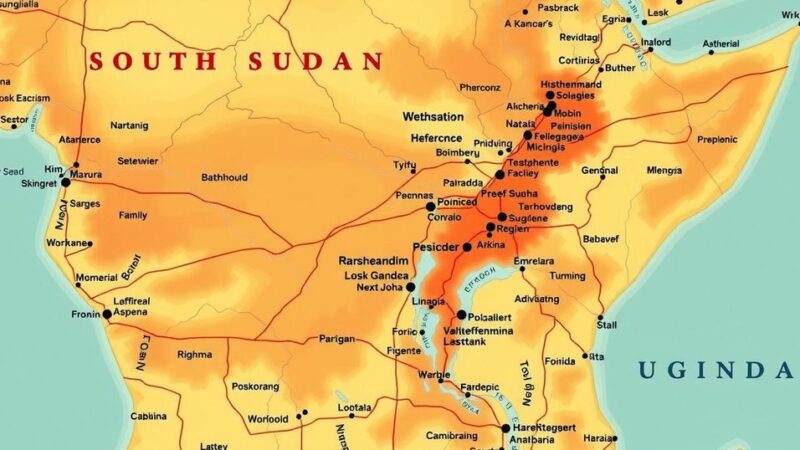Hurricane Oscar formed unexpectedly off the southeastern Bahamas, transitioning from a disturbance to a Category 1 hurricane within hours. Initially underpredicted by models, Oscar showcased exceptional small-scale characteristics that posed challenges for forecast accuracy. It has been recorded as the smallest hurricane ever, affecting eastern Cuba and the Bahamas with heavy rains and flash flooding but minimal wind damage. As it weakens, forecasters keep an eye on potential future tropical activity in the region.
The unexpected emergence of Hurricane Oscar serves as a profound reminder of the challenges inherent in hurricane forecasting. Forming rapidly off the coast of the Bahamas this past weekend, Oscar transitioned from a low-confidence disturbance to a Category 1 hurricane in a remarkably short time frame. Initially identified as Invest 94L, this system captured the attention of meteorologists as it moved westward towards the Caribbean, defying predictions made by various forecasting models. On Friday prior to its formation, the disturbance showed signs of bringing heavy rainfall but was not anticipated to develop into a hurricane. Models that had previously entertained the possibility of development quickly abandoned that notion, predicting a downturn in intensity due to expected wind shear. However, between early Saturday and late that day, Oscar underwent significant intensification, ultimately impacting the Turks and Caicos and the eastern coast of Cuba. Remarkably, Oscar is noted for being the smallest hurricane ever recorded, with its hurricane wind field measuring only 5 to 6 miles across. While it briefly peaked as a Category 1 hurricane, it was suggested that it may have reached intensities as high as Categories 2 or 3 before landfall. The failure of forecasting models to predict Oscar’s rapid development is attributed to its diminutive size, which made it challenging for even advanced models to detect. Despite its small scale, Oscar caused significant rainfall and flash flooding across eastern Cuba and the southeastern Bahamas, reinforcing the unpredictability prevalent in hurricane forecasting. The experience echoes past occurrences where systems intensified rapidly without adequate warning, highlighting the continuous need for research and improvement in predictive models. As we look forward, Oscar is expected to weaken due to increasing wind shear, ultimately dissipating by midweek as it merges with a larger weather system moving into the Atlantic. While no immediate threats to the U.S. are anticipated, forecasters remain vigilant as the Caribbean may witness additional tropical activity in the following week.
The formation of hurricanes often presents a significant challenge to meteorologists, particularly when unexpected rapid development occurs. Hurricane Oscar, a recent example, formed almost out of nowhere, catching forecasters and models by surprise. Such occurrences prompt a reevaluation of current forecasting models and techniques utilized to track tropical systems effectively. An understanding of the intricacies involved, particularly regarding small hurricanes which defy traditional forecasting, proves essential in improving future predictions. Historically, forecasting accuracy has improved; however, instances like Oscar underscore the need for ongoing research to close existing gaps in the science of hurricane prediction, particularly concerning small-scale systems.
Hurricane Oscar’s sudden formation and rapid intensification serve as a striking reminder of the inherent complexities in predicting tropical storms and hurricanes. The nuance of its small size, combined with unusually favorable conditions, allowed Oscar to develop in ways that models failed to anticipate. Moving forward, advancements in monitoring systems and techniques are crucial to enhancing forecast accuracy, particularly in identifying small yet potentially dangerous hurricanes. While Oscar has since begun to weaken, the implications of its development will inform meteorological practices in the future, as observers watch for new systems that may emerge in the coming weeks.
Original Source: www.local10.com






